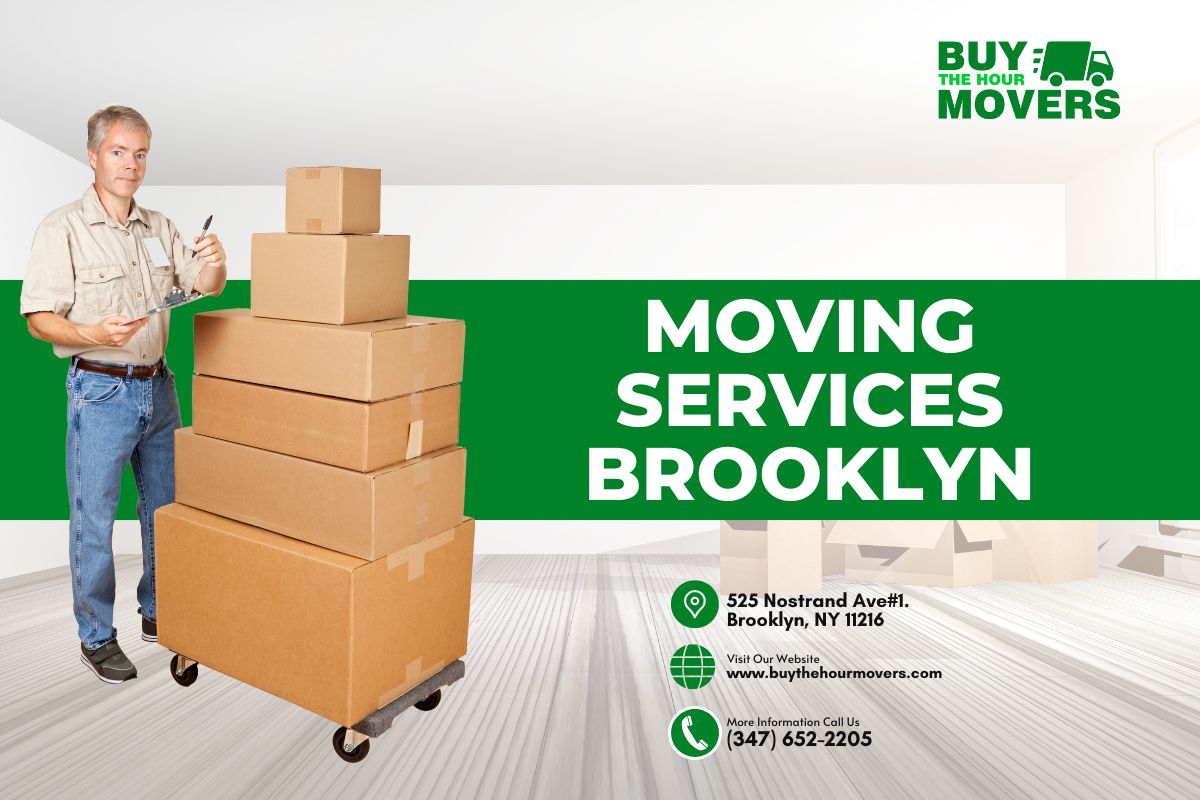


Introduction
Moving can be a stressful and overwhelming experience, but with proper planning and organization, you can ensure a smooth transition to your new home or office. One of the key elements of a successful move is creating a detailed moving timeline. A moving timeline allows you to break down the tasks and responsibilities associated with your move, ensuring that everything is done in a timely manner. In this article, we will guide you through the process of creating a detailed moving timeline for optimal time management.
Why is a Detailed Moving Timeline Important?
Before we dive into the nitty-gritty details of creating a moving timeline, let's first understand why it is so important. A moving timeline serves as a roadmap for your move, helping you stay organized and on track. It allows you to prioritize tasks, allocate resources efficiently, and avoid any last-minute chaos. By having a clear plan in place, you can minimize stress and ensure that all aspects of your move are taken care of in a systematic manner.
How to Create a Detailed Moving Timeline for Optimal Time Management
Step 1: Start Early and Set Deadlines
The key to effective time management during a move is starting early. As soon as you know your moving date, start working on your timeline. Break down the tasks into smaller, manageable chunks and assign deadlines to each task. This will help you stay focused and motivated throughout the moving process.
Step 2: Research Moving Companies
If you're hiring professional movers, it's essential to research and book them well in advance. Look for reputable moving companies in your area such as movers Brooklyn or movers near me. Read reviews, compare prices, and get quotes from multiple companies to ensure that you find the best fit for your needs.
Step 3: Declutter and Organize
Moving provides the perfect opportunity to declutter your belongings and get rid of items you no longer need or use. Go through each room and sort your belongings into three categories: keep, donate/sell, and discard. This will not only http://cruzbbra323.cavandoragh.org/how-professional-movers-simplify-the-process-of-moving-companies-in-brooklyn help you reduce the amount of stuff you have to move but also make unpacking and organizing in your new space much easier.
Step 4: Create a Packing Plan
Packing can be time-consuming, so it's important to have a plan in place. Start by gathering packing supplies such as boxes, tape, bubble wrap, and markers. Then, create a packing schedule by breaking down each room into smaller tasks. Label each box with its contents and the room it belongs to for easy unpacking later on.
Step 5: Notify Important Parties
Don't forget to notify important parties about your move. This includes utility companies, banks, insurance providers, schools, and any other organizations that need to be updated with your new address. Make a list of all the parties you need to notify and allocate time to inform them accordingly.
Step 6: Arrange for Storage (if applicable)
If you need temporary storage during your move, make sure to arrange it well in advance. Research local storage facilities and book one that meets your needs. This is particularly important if you're downsizing or have a time gap between moving out of your current space and moving into your new one.
FAQs
Q: How far in advance should I start planning my move? A: It is recommended to start planning your move at least 8-12 weeks in advance. This will give you enough time to research moving companies, declutter, pack, and take care of other essential tasks.
Q: Should I hire professional movers or opt for a DIY move? A: The decision between hiring professional movers or opting for a DIY move depends on various factors such as budget, distance of the move, complexity of the move, and your personal preferences. Professional movers, like moving companies Brooklyn, can save you time and effort, but they come at an additional cost.
Q: How can I ensure the safety of my belongings during the move? A: To ensure the safety of your belongings, make sure to pack them securely using appropriate packing materials. Label fragile items and instruct the movers accordingly. If you have valuable or sentimental items, consider transporting them yourself to minimize the risk of damage or loss.
Q: What should I do with perishable items during a long-distance move? A: Perishable items such as food should not be transported over long distances. Plan your meals accordingly and try to consume or donate perishable items before your move. If you have non-perishable food items that are unopened, consider donating them to a local food bank.
Q: How can I stay organized during the unpacking process? A: To stay organized during unpacking, refer to your labeled boxes and unpack one room at a time. Set up essential areas first, such as the kitchen and bedroom, before moving on to other rooms. Take breaks when needed and don't rush the process.
Q: What should I do if my moving timeline gets off track? A: If your moving timeline gets off track due to unexpected circumstances or delays, remain calm and reassess your priorities. Adjust your timeline accordingly and focus on completing the most critical tasks first. Don't hesitate to ask for help from friends or family if needed.
Conclusion
Creating a detailed moving timeline is crucial for optimal time management during a move. By starting early, setting deadlines, researching moving companies, decluttering and organizing, creating a packing plan, notifying important parties, and arranging for storage if necessary, you can ensure a smooth and efficient move. Remember to stay organized, prioritize tasks, and remain flexible in case of any unforeseen challenges. With proper planning and execution, your moving experience can be stress-free and successful.